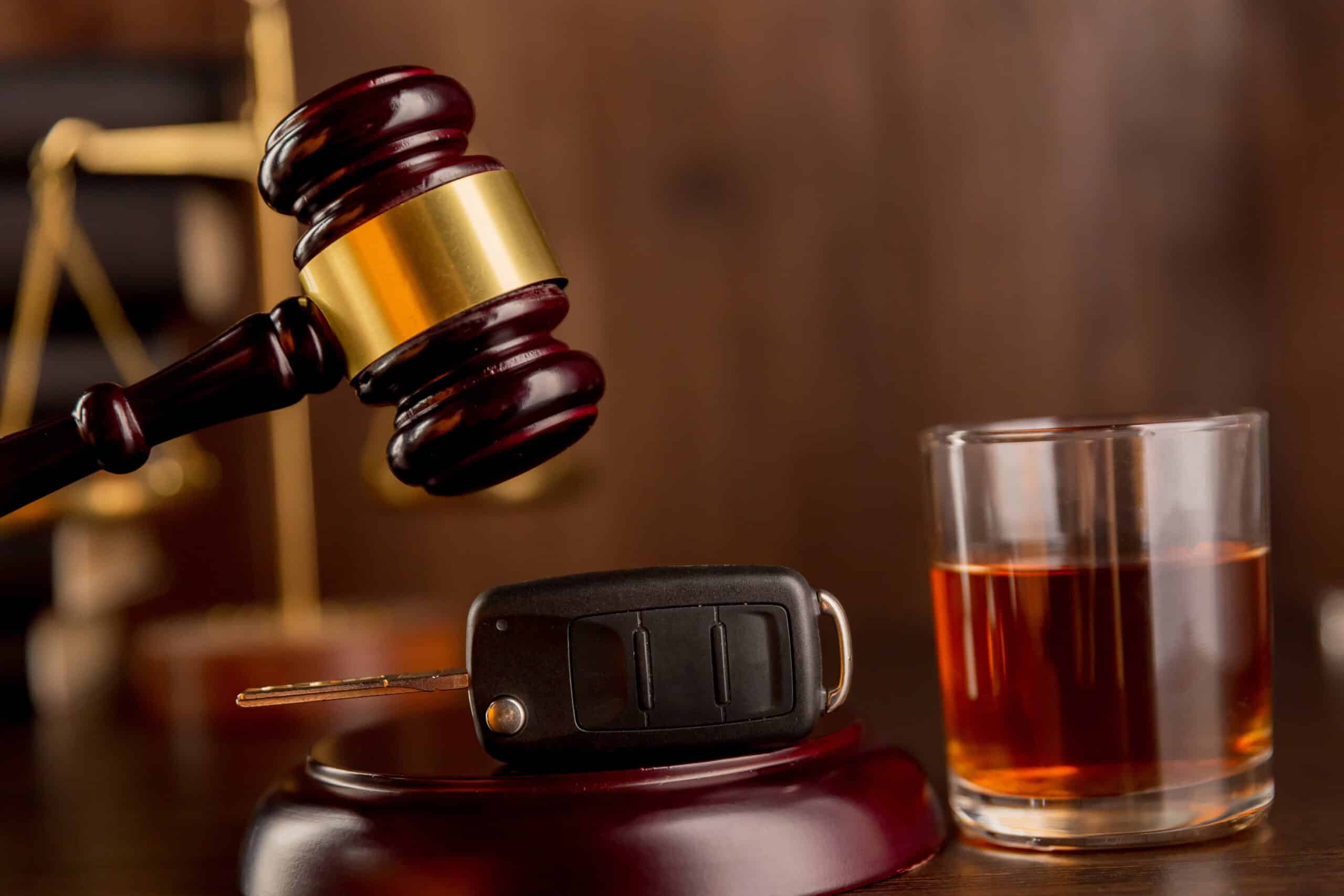The Maryland Driver’s License Point System is complicated. Managed by the Motor Vehicle Administration (MVA), this system tracks traffic violations and assigns points to your driving record. Accumulating too many points can lead to severe consequences, including mandatory driver improvement programs, license suspension, or revocation.
Understanding how this system works is crucial for every Maryland driver. This guide will break down the essentials of the Maryland Driver’s License Point System, explain how points are assessed for common violations, and outline what happens when points accumulate. By the end, you’ll have a clearer picture of why responsible driving is so important.
Please note this data was updated October 1, 2025, according to the Maryland Courts.
What is the Maryland Driver’s License Point System?
The Maryland Driver’s License Point System is a method used by the state to identify and take action against drivers who repeatedly violate traffic laws. When you are convicted of a moving violation, the MVA adds a specific number of points to your record. These points are not arbitrary; they are set by state law and vary depending on the seriousness of the offense.
The primary purpose of the system is to encourage safe driving habits. It acts as a progressive warning system. A minor infraction might only add one or two points, but more severe violations carry a higher point value. As you accumulate points, the MVA will intervene with corrective actions designed to prevent future offenses. Think of it as a safeguard for all road users, ensuring that drivers remain accountable for their actions while driving.
It’s important to note that points stay on your record for two years from the date of the violation. While they may become “inactive” for administrative purposes after this period, the conviction itself remains on your driving record permanently.
How Are Points Assessed?
Points are assigned based on the specific traffic violation you are convicted of. The more dangerous the behavior, the more points you’ll receive. Offenses range from minor mistakes, like failing to signal, to extremely reckless acts, such as driving under the influence or fleeing the scene of an accident.
To give you a practical understanding, let’s look at some specific examples of violations and their corresponding point values as outlined by Maryland’s transportation laws.
Common Traffic Violations and Their Points
Traffic laws cover a wide array of actions. Below is a chart detailing several violations and the associated points. Note that some offenses have different point values depending on whether the violation contributed to an accident.
Most Serious Offenses (12 Points)
- Driving under the influence (DUI) of alcohol or drugs
- Homicide or manslaughter involving a vehicle
- Use of a vehicle in the commission of a felony
- Fleeing or eluding law enforcement
High-Level Offenses (8 Points)
- Driving while license is suspended or revoked
- Failing to stop at the scene of an accident involving injury or death
Moderate Offenses (5 Points)
- Reckless driving
- Driving 30-39 mph over the speed limit
- Driving 20-29 mph over the speed limit in a 70 mph zone
- Not stopping for a school bus
Lower-Level Offenses (2-3 Points)
- Speeding 10-19 mph over the speed limit
- Failing to yield to an emergency vehicle
- Ignoring traffic control devices or signals
- Driving 1-9 mph over the speed limit
Do you have a preliminary inquiry date in your case and are unsure how to handle it? Read our article here.
What are the Consequences of Accumulating Points in the Maryland Driver’s License Point System?
The MVA takes specific actions as your point total grows. These interventions are tiered, becoming more serious with each threshold you cross.
- 3 to 4 points: You will receive a warning letter from the MVA. This letter serves as formal notice that you are accumulating points and should exercise greater caution on the road.
- 5 to 7 points: You will be required to enroll in a Driver Improvement Program (DIP). The DIP is a course designed to refresh your knowledge of traffic laws and safe driving techniques. Failure to complete this program can result in the suspension of your license.
- 8 to 11 points: At this stage, you will receive a notice of license suspension from the MVA. Your driving privileges will be suspended for a period determined by the number of points and your driving history.
- 12 or more points: Reaching this threshold results in a notice of license revocation. Revocation is more severe than suspension, as it completely takes away your driving privileges. You would need to go through a lengthy and complex process to reapply for a license after the revocation period ends.
These consequences underscore the importance of every single point. What might seem like a minor ticket can contribute to a much larger problem if it becomes part of a pattern.
We Offer Free Consultations If Facing Issues with Maryland Driver’s License Point System
We handle serious traffic, misdemeanor, and felony offenses in Maryland. If you are facing a charge that may result in serious points on your driving record or even jail time, call us 24/7 at 301.513.7832.
Or you can complete our online intake form here, and a lawyer will contact you within twenty (20) minutes.




